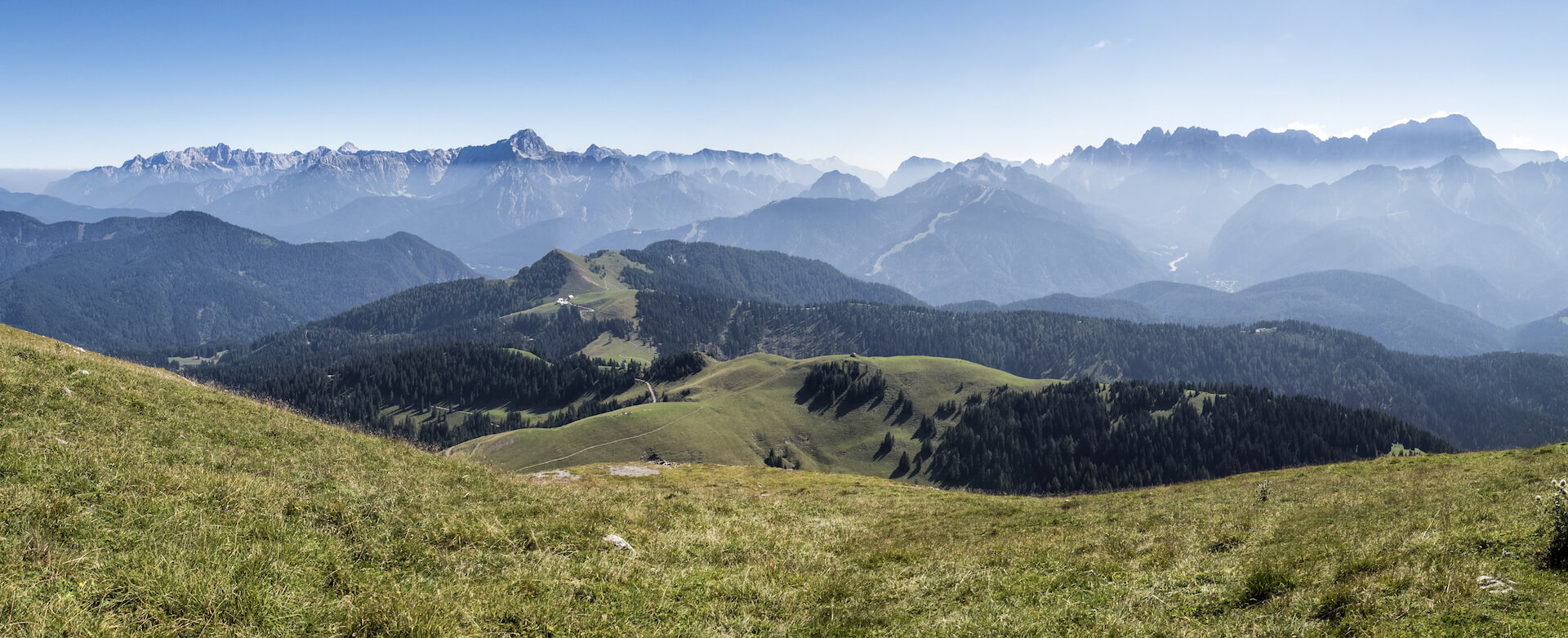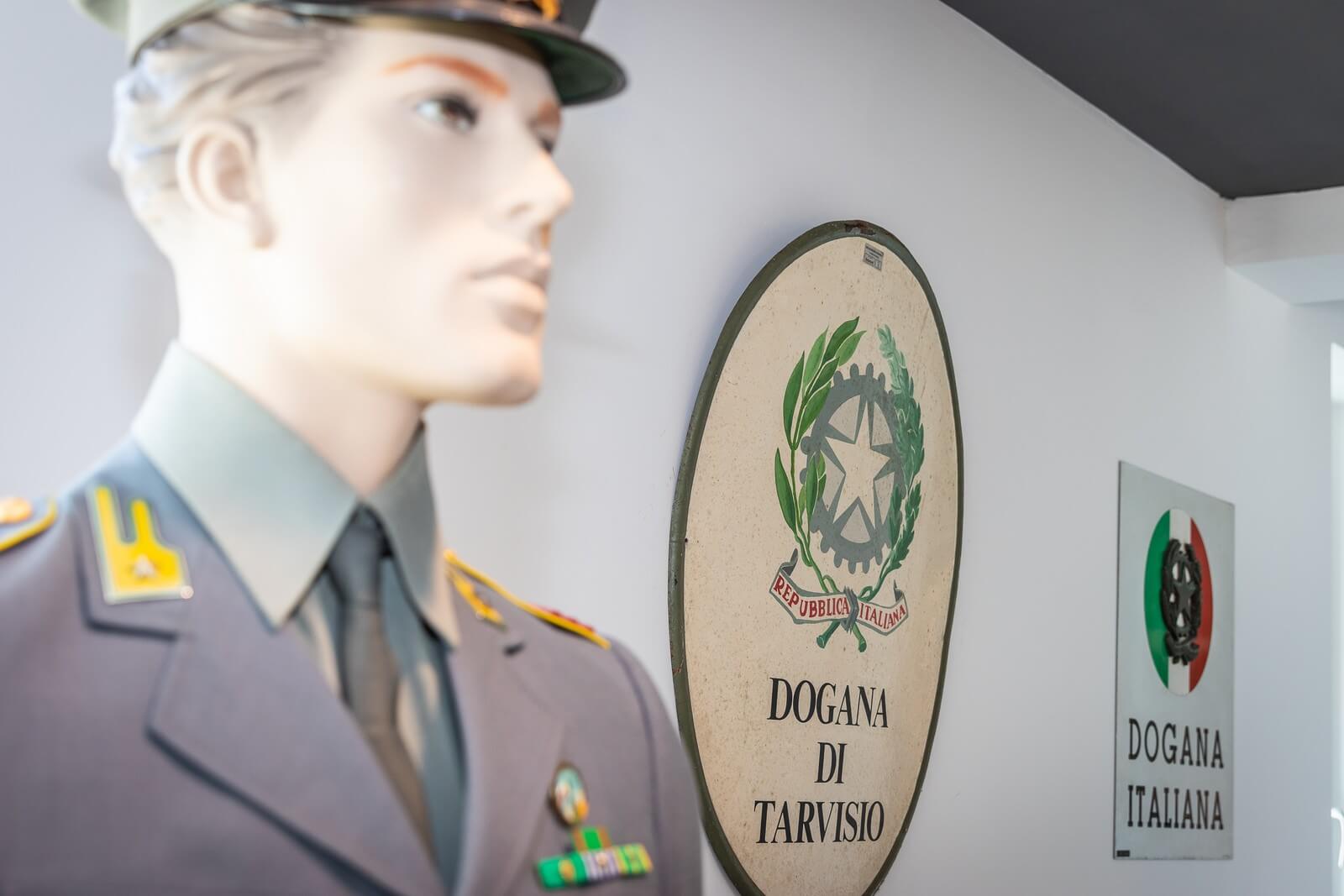
The Customs Museum in Coccau is the only example of a museum dedicated to customs and the history of the Austrian-Italian border. Indeed, Coccau was the most important border crossing after the Brenner Pass. In this museum, the concrete result of a cross-border Interreg project with the municipality of Arnoldstein (Austria), people can see the evolution of the history of borders and customs, from Roman times to the present day, passing through the Napoleonic era and the two world wars.
In its various rooms, the museum presents numerous historical testimonies of the history of the pass, such as relics, photographs, uniforms and videos.
In the museum spaces there is also an infopoint with information material available for tourists crossing the border between Italy and Austria.
Opening Hours
The museum is open from November to May by appointment (contact by telephone), while in summer it is open every day.
Tel. +39 0428 876536
Mobile +39 389 1040370
info@museitarvisio.it
www.museitarvisio.it
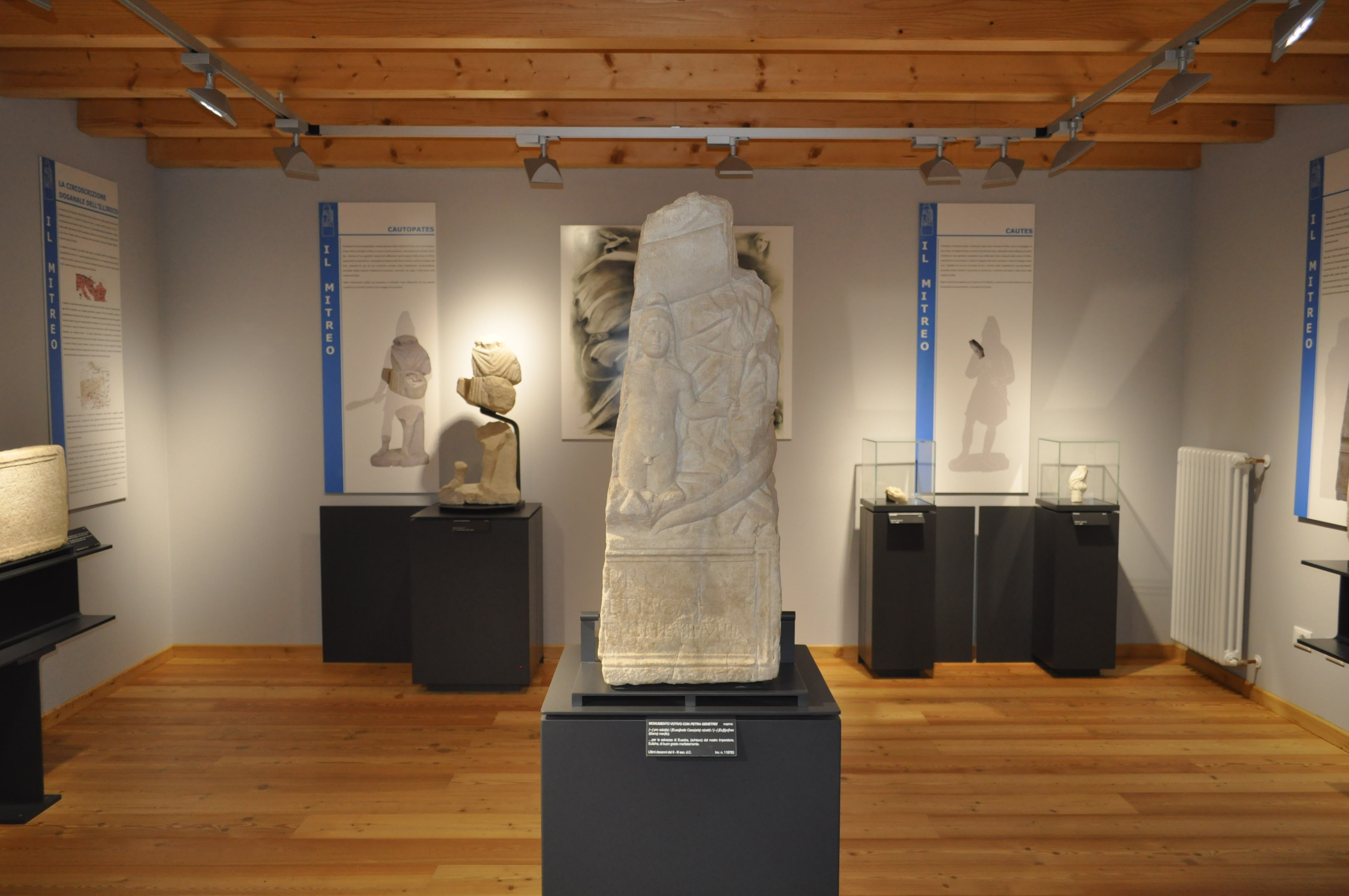
Valcanale in Roman times
Located in Camporosso, in the Vicinia building, the Antiquarium is a small museum that testifies to the presence of the Roman Empire in Valcanale. It documents the ancient history of Camporosso in Roman times, as one of the customs stations located along the road from Aquileia, through the Valcanale, leading to Virunum (Zollfeld), a critical Noriker centre.
The exhibition space contains the most important relics found in the area. One room is entirely dedicated to Mitra. A real Mitreus is recreated through the works uncovered (dating from the 2nd to the 4th-century AC.).
Opening times
Saturday 10.00 am – 12.00 pm 03.00 pm – 06.30 pm
Sunday 10.00 am – 12.00 pm 03.00 pm – 06.30 pm
For out-of-hours visits and weekly opening (on request), contact Bar Lussari (Camporosso).
e-mail : viciniacamporosso@libero.it
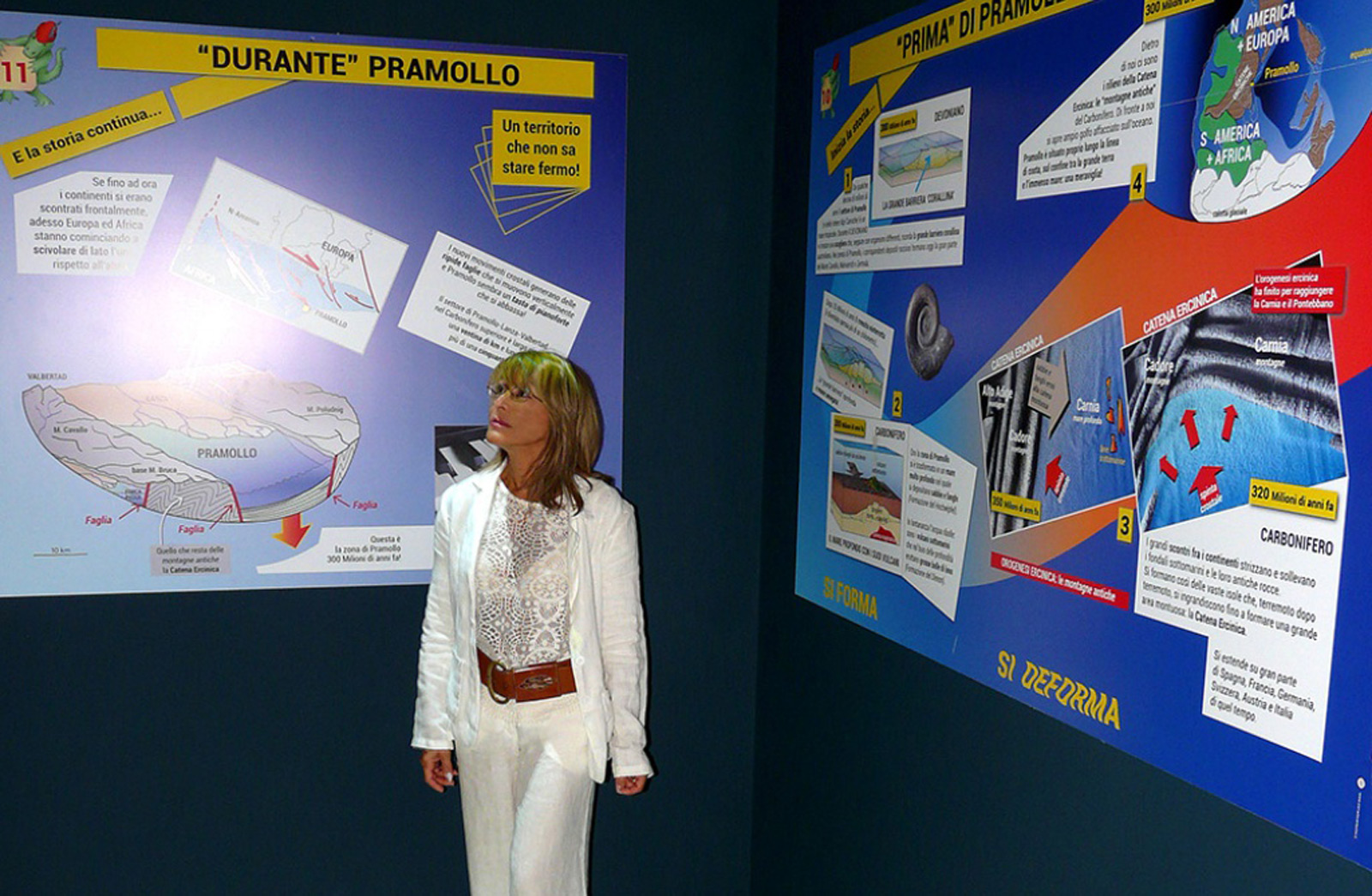
Permanent multimedia exhibition to discover the world of 300 million years ago
The exhibition path shows the development in three environments. The Sala del Territorio (Territory room) shows the evolution of the Pramollo area during the passage of geological time. It illustrates the repeated alternation of marine and terrestrial layers and the fossil wonders they enclose. Here you can experience the direct use of palaeontologists’ digital tools.
In the Sala del Viaggio Temporale (Temporal journey room), you will experience the Carboniferous Period scenarios. You will find yourself in the days when Pramollo was not yet a row of mountains as it appears to us today, but a river delta – sometimes covered by woods – whose gravel and sands flowed into a sea teeming with life. The strategies used in the set-up include palaeontological frescoes and interactive prehistoric scenarios populated by giant amphibians, sea scorpions, trilobites and sharks that react to visitor movements. Digital microscopes will project their macro-vision of the smallest organisms.
The last room offers a total sensory immersion in the environments that characterized the Pramollo during the Higher Carboniferous period. Here, dynamic projections shown simultaneously on all the walls recreate the panoramas and environments of the time. The user will interact with them and with the ancient organisms thanks to their body movements (motion sensing). This is the last of the emotions transmitted by the exhibition path, structured in a crescendo of multimedia and perceptual sensations.
Pontebba Info Point
+39 0428 90693
contatti@pontebba.info
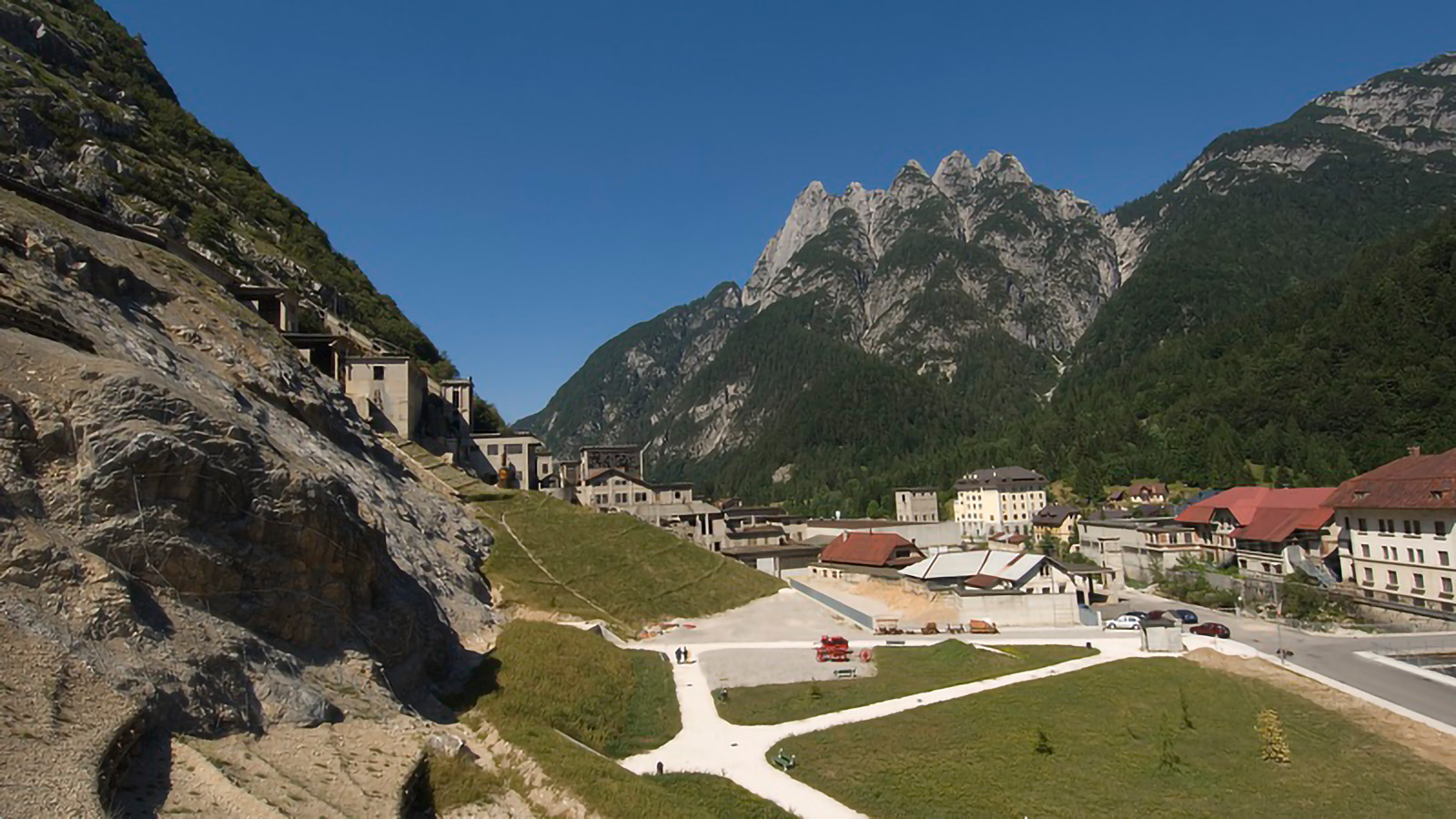
A journey into the world of mines and miners of the past
The Cave del Predil museum complex combines the Historical Military Museum of the Julian Alps, the Geomining International Park, created after the interruption of the mining activity so it could be visited, with the Museum of mining tradition, Miniera Lab. Supporting the visiting experience is a documentary path giving a complete understanding of the mine’s history and peculiarities. An articulated proposal in which history, work, environment and memory are intertwined, creating an unforgettable experience.
The Historical Military Museum of the Julian Alps offers a walk through history to understand the territory where important war events occurred. Here, there is extensive documentation (also of different nationalities), also finds and objects, dating back to the Napoleonic Wars and the Second World War.
The Museum of mining tradition Miniera Lab traces, inside the prestigious location of the building that once housed the mine management offices, the materials related to its complex history, which over time have characterized the life of this town and its inhabitants.
The Geomining International Park gives visitors the chance to explore part of the tunnels.
The guided tour takes about an hour and catapults the tourist into a very different place with respect to other tourist destinations. Here darkness and humidity reign. But that’s the charm… The park is home to one of Europe’s most important lead and zinc mines, discovered in Roman times and active in the 18th century until 1990. It is a journey to the centre of the earth to discover minerals and extraction techniques, but above all, to understand the effort of those who worked inside its bowels for centuries. The former miners and their descendants accompany the visitor on this adventure. They are the only ones able to transmit the sensations and memories of such a special place.
Telephone +39 0428 876536
Mobile +39 389 1040370
info@museitarvisio.it
www.museitarvisio.it
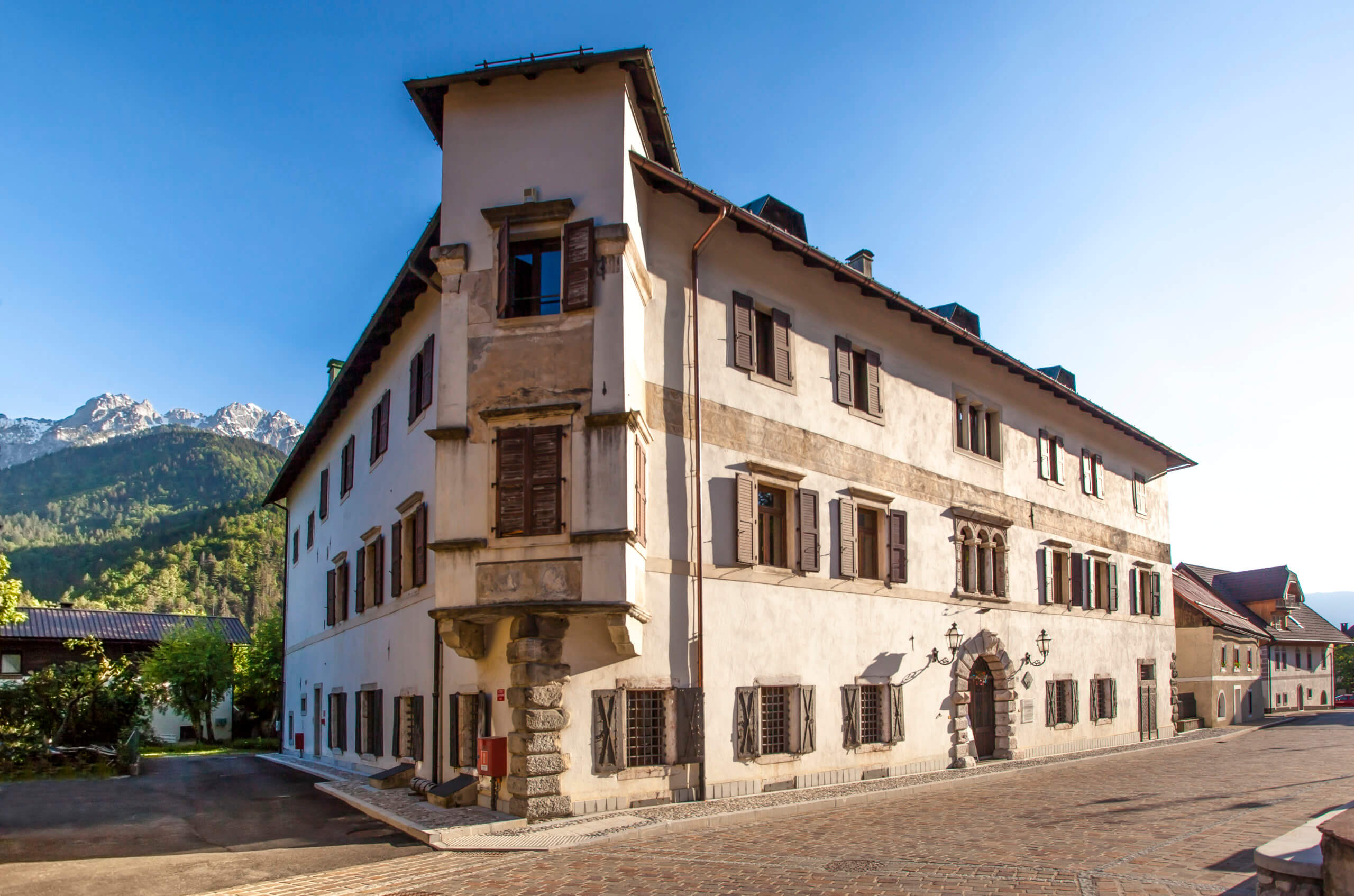
For a dive into history and Valcanale culture
An essential starting point to get to know Valcanale, its history, traditions, and splendid nature is the Venetian Palace, home to the territorial ethnographic museum and one of the oldest (late 1500s) most magnificent buildings in the valley. Built as the home of a wealthy iron industrialist, at the time when Malborghetto was a flourishing “Market City” of the Bishopric of Bamberg (Germany), the Venetian Palace proposes a fascinating “journey” through geology, palaeontology, natural sciences, history and ethnography. It gives insight and dioramas and engaging projections into aspects concerning the Tarvisio Forest and the very original, ancient and vital traditions resulting from the convergence of the three great European cultures Latin, German and Slavic.
In the garden of Palazzo Veneziano, you can admire a centuries-old lime tree, a true natural monument.
Museum opening times
From Tuesday to Sunday 10.30 am-12.30 pm/03.00 pm-06.00 pm
Entry: €4,00 full ticket; €2,00 reduced ticket*
*Children from 6 to 10 years old and over 65s; groups of more than 20 people.
Tel. +39 0428 64970 (n.3)











